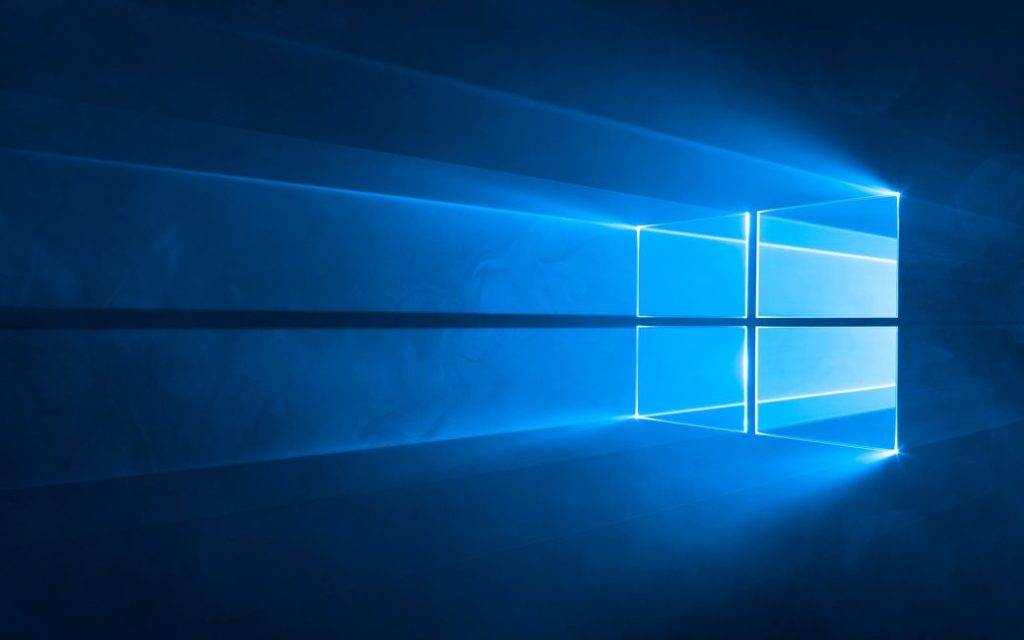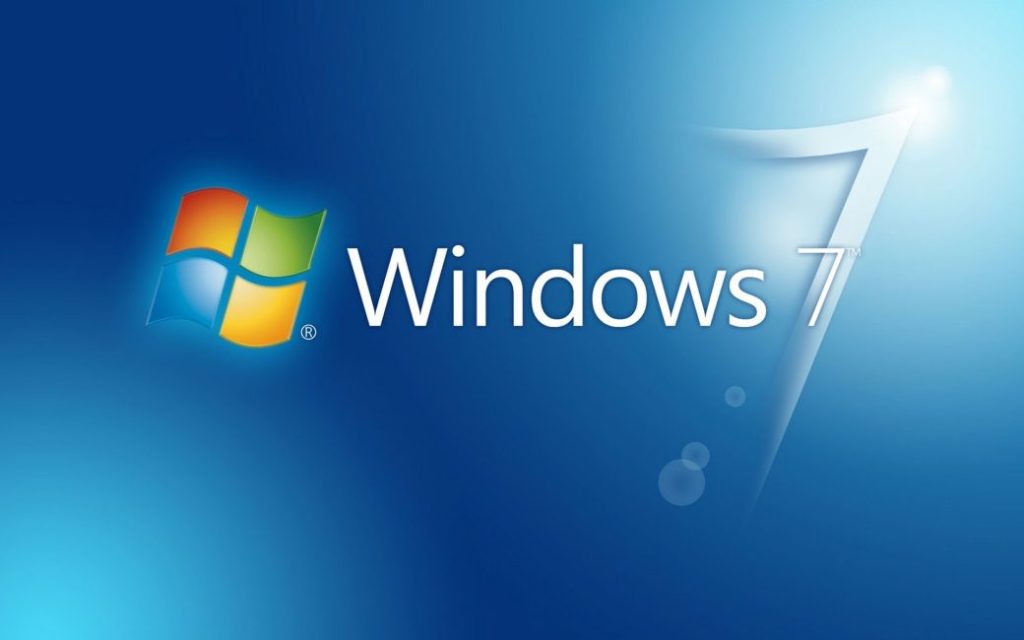Windows 10 officially in maintenance mode until 2025
Microsoft confirms what was already apparent to all, here’s what that might mean for the future of Windows 11
KOSTAS FARKONAS
PublishED: April 29, 2023

In the end, it all happened through a brief blog post primarily addressed to IT pros — not consumers — and a tweet: Windows 10, the operating system once promoted as “the last version of Windows” by Microsoft, is now in maintenance mode. It has been, in fact, for months now: the company confirmed that v.22H2, the one released to the general public back in October, is “the final version of Windows 10” in the sense that there won’t be another “feature update” for that OS like the ones of years past. In terms of new functionality, Windows 10 will remain in its current state forever.
This means that the most widely used Windows version today will only be receiving monthly security updates going forward and, come mid-October 2025, it will not be receiving any support at all. Well, that is Microsoft’s current plan anyway, as it wouldn’t exactly be the first time the company would be forced to extend support for one of its operating systems past its intended date: it happened with Windows XP and Windows 7 (both as popular as Windows 10 is right now), so the same thing happening a third time is definitely not out of the question.

It’s worth pointing out that not only is Windows 10 currently the most popular active version of Microsoft’s long line of operating systems by far — accounting for 73.5% of all Windows installations according to StatCounter’s latest data — but also the most widely used consumer OS for computers on the planet. No one version of Linux or macOS comes or will ever come close to powering more than 1.1 billion active computers. It’s a sobering, and somewhat saddening, fact… but a fact nonetheless.
As one would expect, in its blog post Microsoft “highly encourages people to transition to Windows 11”. It seems that few consumers though, if any, are interested in what the company has to say on this particular matter anymore. According to StatCounter’s aforementioned data, Windows 11’s market share is still at just 21%, confirming what most of us had already suspected long ago: an awful lot of consumers who do have the option of upgrading from Windows 10 to Microsoft’s latest OS free of charge simply have no intention of doing so. Windows 11 will be gaining market share mostly through new computer purchases (the only version of Windows that OEMs are allowed to preinstall on their systems), meaning that its adoption rate will be embarrassingly slow for a very long time.

What’s rather funny about all this is that, as things stand right now, by the time Windows 11 gains enough ground in the personal computer space to be considered a modest success — if it can ever be called that — it will be time for Windows 12 to be unveiled. Rumors about what Microsoft’s next operating system might offer have already started making the rounds on the Web and they’ll only be more frequent (and specific) as time goes by, quite possibly attracting the interest of media outlets and consumers alike way more than Windows 11 ever did.
Short-term, though, what everyone’s waiting to see is whether Microsoft putting Windows 10 in maintenance mode means that more development resources will be diverted to Windows 11. If that is indeed the case, it cannot happen soon enough: Windows 11 still need a lot of work and its unfinished state or frequently-reported technical problems are not helping its case. Here’s hope that Microsoft intends to invest more in its latest operating system, despite its failure to impress consumers. Windows 12 appearing to take over a truly substandard OS would not do, now would it?





















